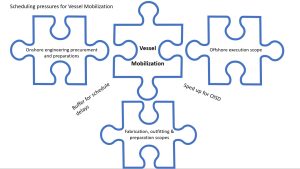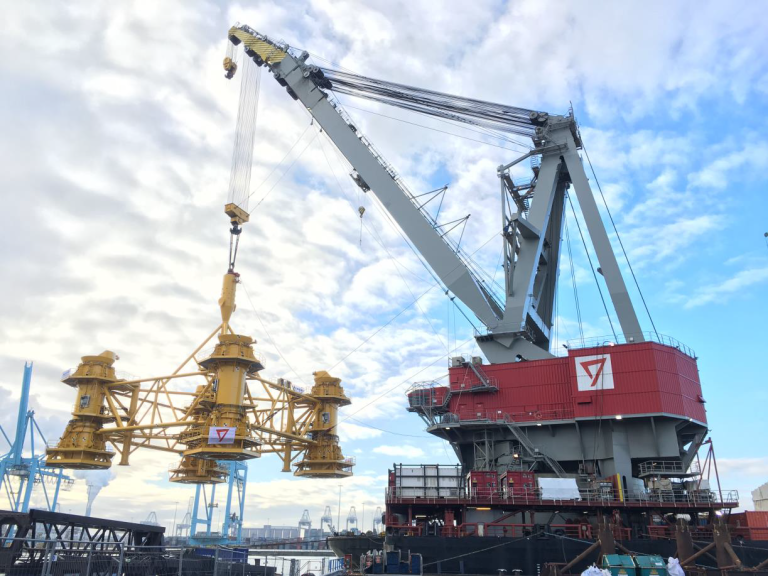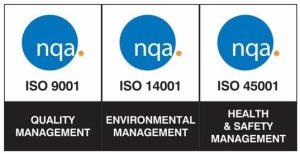In recent years the Offshore Wind Energy sector has experienced impressive growth, which is expected to continue at an even higher pace. As a large number of Offshore Wind Farms are foreseen to be built across the world, the second part of Angelo Vallozzi’s article on Vessel Mobilization focuses on our analysis of the complex jigsaw and typical challenges of vessel mobilization for offshore wind farm transport and installation projects.
Schedule difficulties typical of vessel mobilizations
Despite its importance within the full project cycle, the vessel mobilization phase very often finds itself in a difficult spot in terms of planning: located in between the onshore engineering, procurement and preparations scope on one side and the offshore execution scope on the other. It is therefore being “squeezed” in between different milestones and the associated risks and costs in case of non-compliance.
The onshore engineering, procurement and preparations scope usually spans months or even years and during this phase, a few occasional delays are typically tolerated. Sentences like “the drawing package will be issued 2 weeks later than planned” or “the supplier will only deliver at the end of the month” are very commonly used during this phase and accepted as no big deal.
The offshore scope, on the other hand, is a process driven by contractual milestones. The actual start of the installation activity, the “OISD” (Offshore Installation Start Date) or “Installation Vessel Readiness” is often associated with high penalties and liquidated damages if not respected. Not to mention the potential exposure to vessel operation costs or day rates.
For these reasons, the vessel mobilization is performed under a great deal of time pressure. This period is too often considered as a buffer to alleviate the onshore schedule delays, or even an activity that should be sped up to bring the respective vessel’s readiness forward and avoid delays at the start of the installation campaign.

In addition to this, the complete mobilization of a transport vessel (barge, HTV or many times the installation vessel) is a necessary pre-condition for the loadout of the related structures from the onshore fabrication yards. Here, the vessel mobilization is potentially subject to another interface with the fabrication, outfitting and preparation scopes and their respective schedules.
And to add the cherry on the cake, it is not uncommon that the vessel arrives at the mobilization port fully loaded with equipment from the previous projects, and will first need a “de-mobilization”, basically doubling the number of activities required prior to the vessel being ready to set sail and start installation.
In the future, this scenario is likely to be even more common given the increasing number of offshore projects worldwide and the rising demand for vessels.


